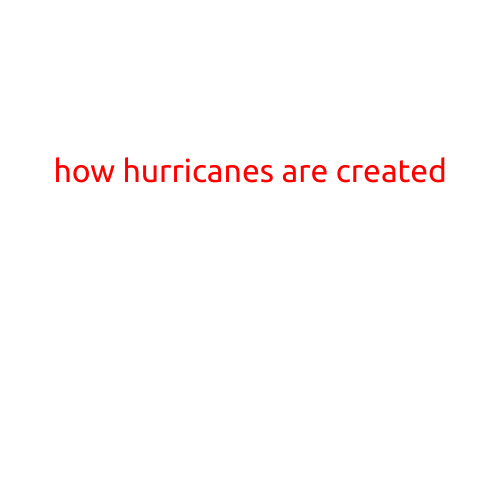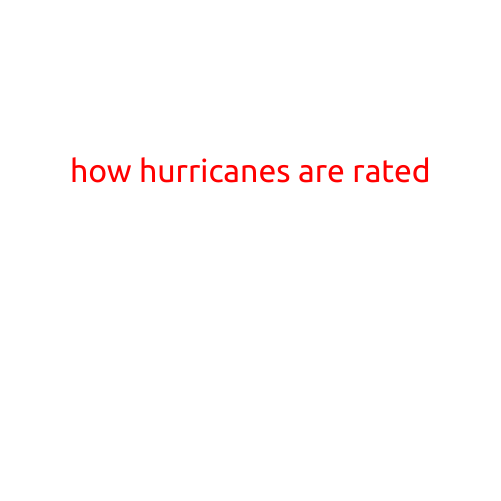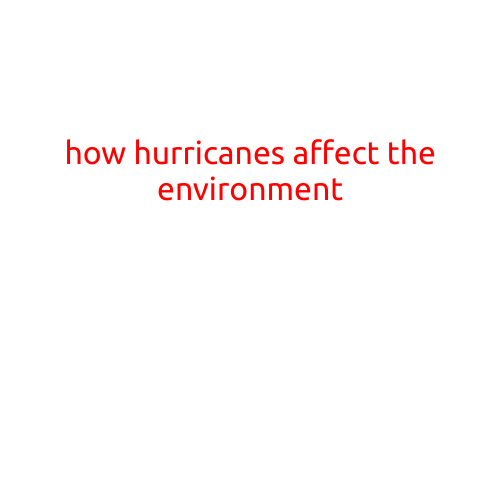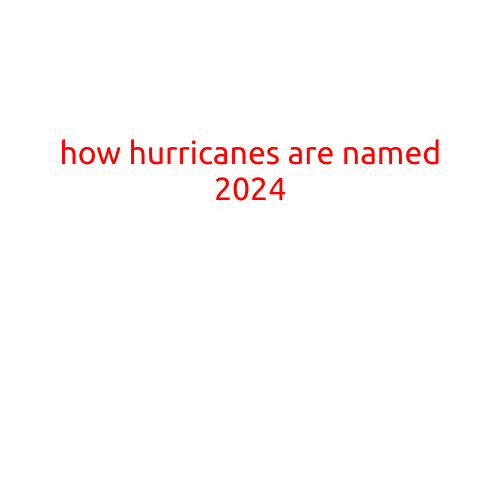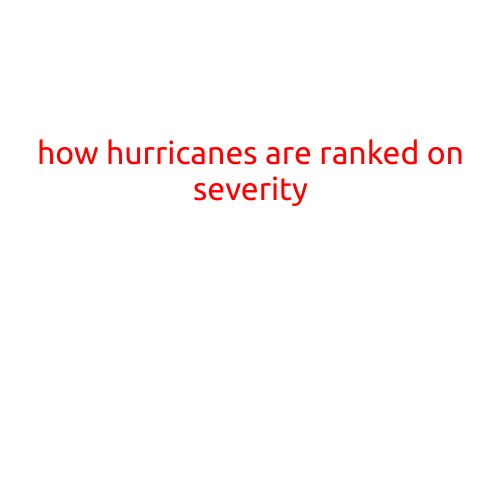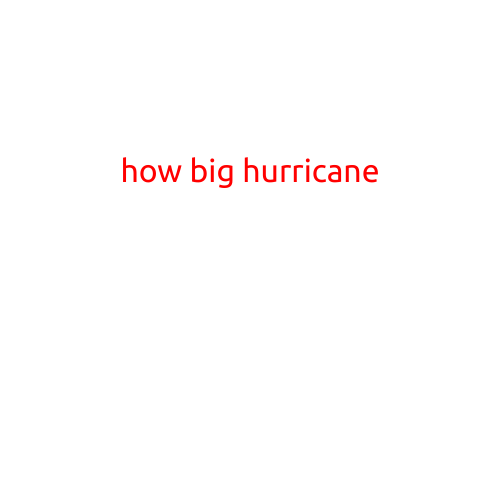
How Big Is a Hurricane? Understanding the Size and Impact of These Powerful Storms
Hurricanes are powerful and destructive storms that can have a significant impact on communities and the environment. With their strong winds, heavy rainfall, and storm surges, it’s essential to understand the size and scope of these storms to prepare for and respond to them effectively.
What constitutes a hurricane?
A hurricane is a tropical cyclone that forms over warm ocean waters in the Atlantic, Pacific, or Indian Oceans. It’s characterized by a low-pressure center, strong winds, and spiraling rain bands. Hurricanes are classified based on their wind speed using the Saffir-Simpson Hurricane Wind Scale, which ranges from Category 1 (winds of 74-95 mph) to Category 5 (winds of 157 mph or higher).
Size of a hurricane
Hurricanes can vary significantly in size, from small, compact systems to large, sprawling storms that cover thousands of square miles. The size of a hurricane is typically measured by its diameter, which can range from a few hundred miles to over 1,000 miles (1,600 kilometers). The diameter of a hurricane is influenced by several factors, including:
- Latitude: Hurricanes that form closer to the equator tend to be larger, while those that form farther from the equator are smaller.
- Wind speed: Faster-moving hurricanes tend to be smaller, while slower-moving storms can be larger.
- Sea surface temperature: Warm ocean waters can fuel the growth of a hurricane, leading to larger sizes.
Case studies: Large and powerful hurricanes
- Hurricane Sandy (2012): This Category 2 hurricane made landfall in New Jersey, covering an area of over 1,000 miles (1,600 kilometers) and affecting 24 states.
- Hurricane Katrina (2005): This Category 5 hurricane devastated the City of New Orleans, covering an area of over 700 miles (1,130 kilometers) and causing catastrophic damage.
- Hurricane Harvey (2017): This Category 4 hurricane dumped record-breaking rainfall in Texas and Louisiana, covering an area of over 1,000 miles (1,600 kilometers) and causing widespread flooding.
Impact of hurricane size
The size of a hurricane can have a significant impact on the affected communities. Larger storms can:
- Affect a wider area: Larger hurricanes can bring strong winds, heavy rainfall, and flooding to a broader region, causing more widespread damage and displacement.
- Increase storm surge risk: Larger storms can generate higher storm surges, which can cause catastrophic damage to coastal communities and infrastructure.
- Lead to longer recovery times: Larger storms can require more extensive cleanup and rebuilding efforts, leading to longer recovery times and increased economic costs.
Conclusion
In conclusion, hurricane size is a critical factor to consider when assessing the potential impact of these powerful storms. Understanding the size and scope of a hurricane can help emergency management officials, policymakers, and residents prepare for and respond to these disasters more effectively. By staying informed about the size and strength of hurricanes, we can work together to minimize their devastating effects and build more resilient communities.

